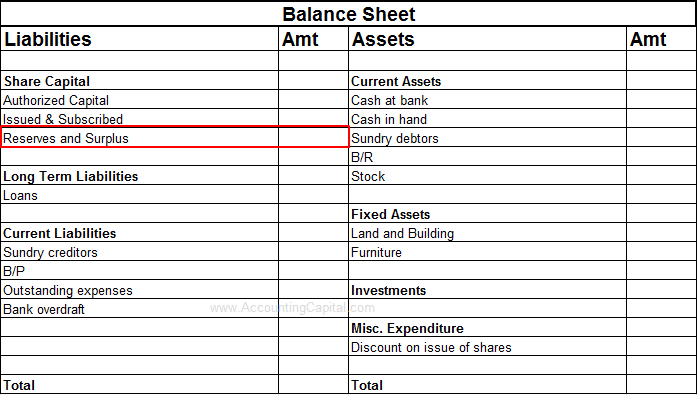
Traditionally, the IRS permitted corporations to carry back losses for two years, but under the Tax Cuts and Jobs Act (TCJA) of 2017, the loss carryback rules were repealed for tax years 2018 through 2020. However, the losses can be used indefinitely to offset future taxable income at lower rates. This recent change underscores the ongoing relevance and dynamism of tax laws, underscoring the need for corporations to engage in ongoing tax planning. Losses due to write-offs are a regular part of doing business and a key part of managing a company’s financial health. It’s just as important to know when to recognize a loss as it is to recognize income. In accounting, a loss is an unrecoverable and unanticipated decrease in a resource or asset outside of normal business operations.
How confident are you in your long term financial plan?
Most companies report items such as revenues, gains, expenses, and losses on their income statements. Though some of the terms will sound similar, there are different practical uses for gains and losses, as well as for revenues and expenses. Moreover, companies must update investors and other stakeholders about any changes in their financial condition or operations that could affect the assessment of loss or its recovery. This could involve revising previous estimates, recognizing impairments, or disclosing new contingencies. The goal is to provide a complete and up-to-date view of the company’s financial health, including any factors that could potentially alter the risk profile of the business. Understanding how these losses affect a company’s financial statements is essential for stakeholders to make informed decisions.
Accrual Method
He is an expert on personal finance, corporate finance and real estate and has assisted thousands of clients in meeting their financial goals over his career. A loss recognized when the carrying value of an asset exceeds its recoverable amount, indicating that the asset has been impaired and its value has declined. Income generated from normal business activities such as sales of goods and services.
Gains and Losses
You can use the income statement to calculate several metrics, including the gross profit margin, the operating profit margin, the net profit margin, and the operating ratio. Together with the balance sheet and the cash flow statement, the income statement provides an in-depth look at a company’s financial performance. It is important to compare income statements from different accounting periods.
- Decision-making in business is a blend of intuition and cold, hard data.
- It is, therefore, important for a company to test its assets for impairment periodically.
- However, Gross Profit doesn’t account for other expenses that companies incur.
- It sheds light on operational efficiency while also capturing the impact of peripheral activities.
Companies must comply with a set of rules and guidelines known as generally accepted accounting principles (GAAP) when they prepare these statements. This means that a company using the accrual method accounts for money that it expects to receive in the future. For instance, a company that delivers a product or service to its customer records the revenue on its P&L statement, even though it hasn’t yet received payment. Similarly, liabilities are accounted for even when the company hasn’t yet paid for any expenses. Also, a discount on the issuance of shares or debentures is a capital loss.

Financial Loss Impact on Companies
Our team of reviewers are established professionals with decades of experience in areas of personal finance and hold many advanced degrees and certifications. Evaluating the cost structure can unearth inefficiencies, areas of wastage, or even opportunities for negotiation and savings. Moreover, the timing of cash inflows and outflows is critical for liquidity and operational smoothness. It delves deeper, shedding light on how efficiently a company operates, where it might be hemorrhaging money, or areas where revenue generation shines. A negative profit technically does not exist, since a profit, by definition, implies a gain in value.
There are many other examples of losses in accounting that help businesses reduce their taxes, including accelerating depreciation on an asset. Expenses can also be recorded into any number of different line items on an income statement to reflect the particular type of expense. Gains and losses are the opposing financial results that are produced through a company’s non-primary operations and production processes. Because revenues and expenses are matched during a set time, a net loss is an example of the matching principle, which is an integral part of the accrual accounting method. Expenses related to income earned during a set time are included in (or “matched to”) that period regardless of when the expenses are paid.
This is the money left after production costs, serving as a preliminary indicator of profitability. The total amount of money generated from sales or services before what is a favorable variance what it means for your small business expenses are deducted. While not all losses necessarily spell doom and gloom for shareholders, substantial and sustained losses are a cause for concern.
The P&L statement reveals areas of efficiency, zones of wastage, and potential growth spots. After accounting for every income and expense, including the “other” category, businesses arrive at a pre-tax figure. This metric reflects the direct costs involved in producing the goods or services sold by a company. Think of raw materials, labor costs involved in production, and manufacturing overhead. Revenue or sales is the total amount earned from selling goods or services before any costs or expenses are deducted. On the other side, the regulatory environment can directly contribute to financial losses in the form of fines and penalties.





